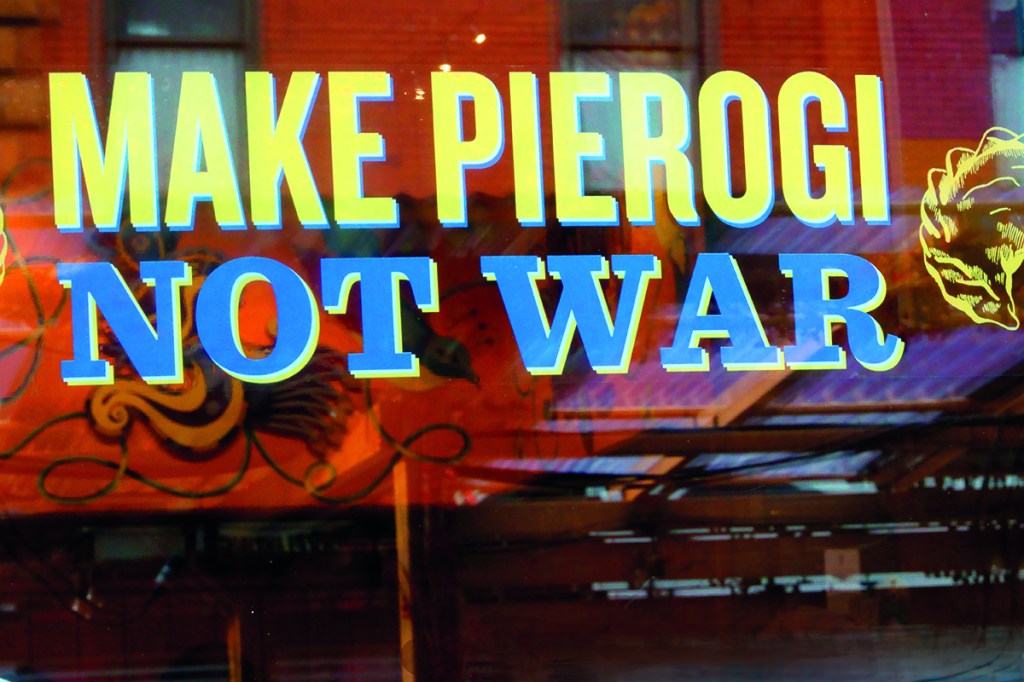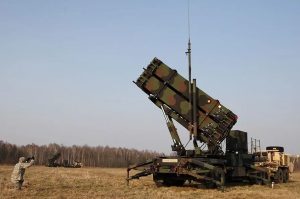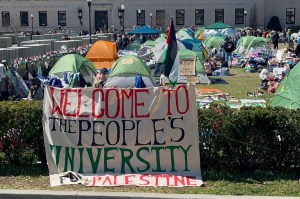When I heard that long lines had begun forming to get into Veselka after Russia invaded Ukraine, I almost rolled my eyes. I’ve been patronizing the restaurant, in the heart of New York City’s Ukrainian Village, for years, and there’s often a queue — at the height of brunch, the line can stretch for a block. But there’s no denying it’s seen an uptick in traffic as New Yorkers aware of the brutal images from Bucha and Mariupol want to feel they’re doing something to help. “Eat borscht, stand with Ukraine” reads a sign; the restaurant is donating all proceeds from sales of its hearty beet soup to Razom for Ukraine, a nonprofit.
The Ukrainian Village, or Little Ukraine, is an enclave of Manhattan’s East Village. A selling point of the apartment I chose when I moved to the city in 2019 was that it was within walking distance. New York is the city that never sleeps, and 24-hour eateries like Veselka are what fuel the late-night fire. Er, make that were. Former governor Andrew Cuomo did the unthinkable with his pandemic power-grab and put a 10 p.m. curfew on the city. He extended it twice and eventually lifted it, but its effects remain: most around-the-clock joints still haven’t returned to 24-hour service; Veselka is only open until midnight on weekends.
The New York neighborhood’s Ukrainian population peaked just after World War Two, at around 60,000, and much of it has been replaced by the young and trendy folk that cranky longtime residents say are slowly taking over the East Village. But there are still thousands of Ukrainians living there, and signs in Cyrillic aren’t hard to find. You’ll see the lettering on the Self Reliance New York Federal Credit Union, the world’s oldest and largest Ukrainian credit union. Indeed, self-reliance is an old Ukrainian virtue, one the rest of the world is now seeing in action. Walking around the Ukrainian Village isn’t much like walking around an actual Ukrainian village. I didn’t have to dodge drunken revelers every few feet and bicycles barreling through red lights in the real ones I visited as a parliamentary election observer in 2019.
Here, while some beloved restaurants and shops have closed, there’s no moving Veselka — “Rainbow” — which opened in 1954, and the less trendy but equally delicious Ukrainian East Village Restaurant, established in 1963. The latter is just a couple doors down, but there’s no wait to enter. You walk down a hallway that feels like the inside of a strip mall to get to the old-school eatery. But the cocktails — I prefer the Tolstoy Tang — are refreshing and the cooking transporting. Its white borscht — a tangy soup, like its red cousin, with kielbasa and potatoes — is a warming treat you won’t find anywhere else in the city. When I heard my waitress chide a woman —“You didn’t finish!” I felt for a moment I really was in a Ukrainian village.
This article was originally published in The Spectator’s June 2022 World edition.


















